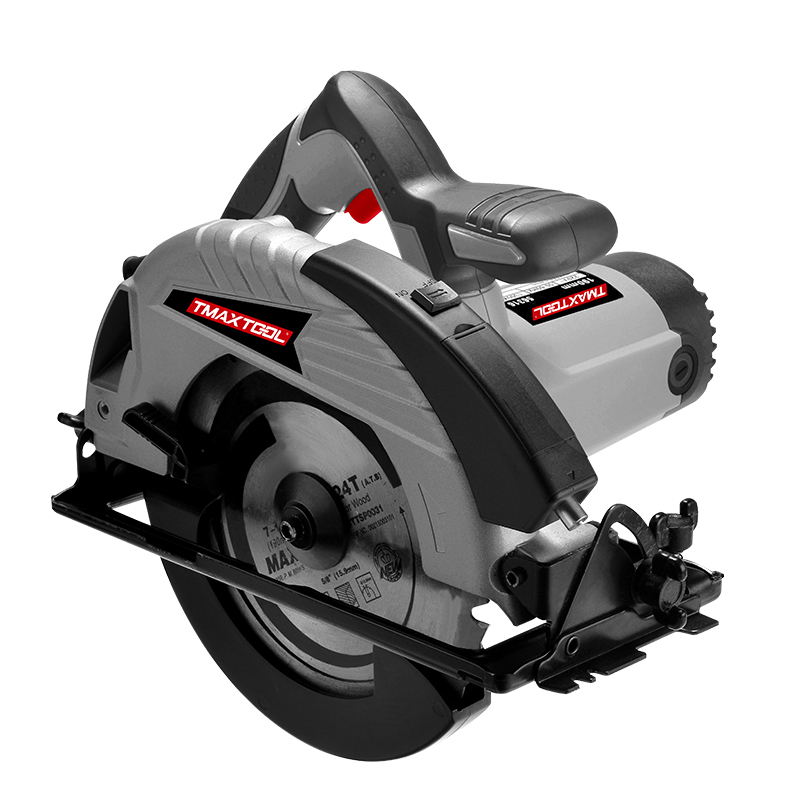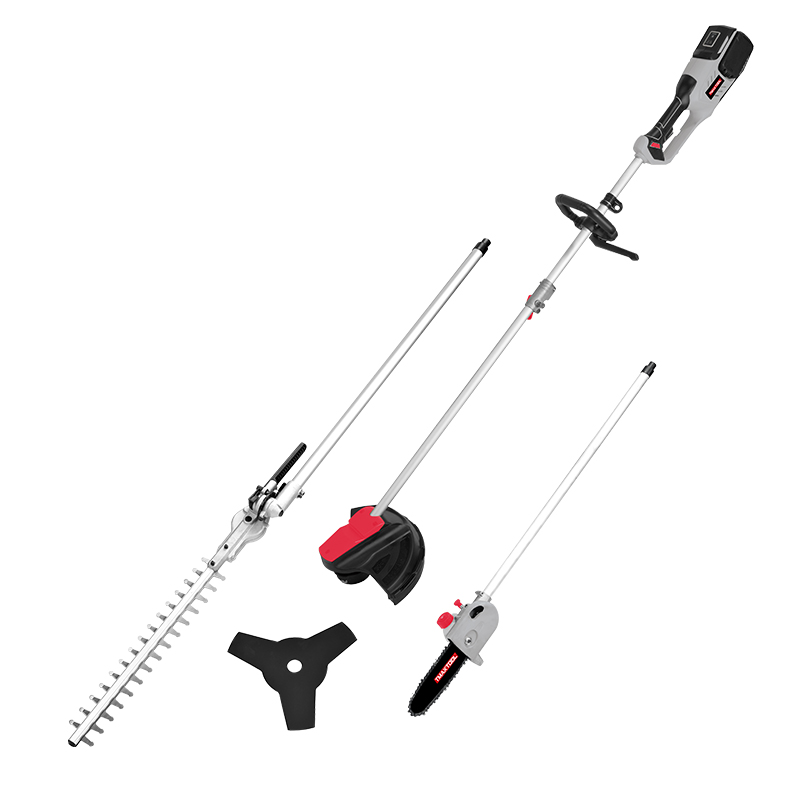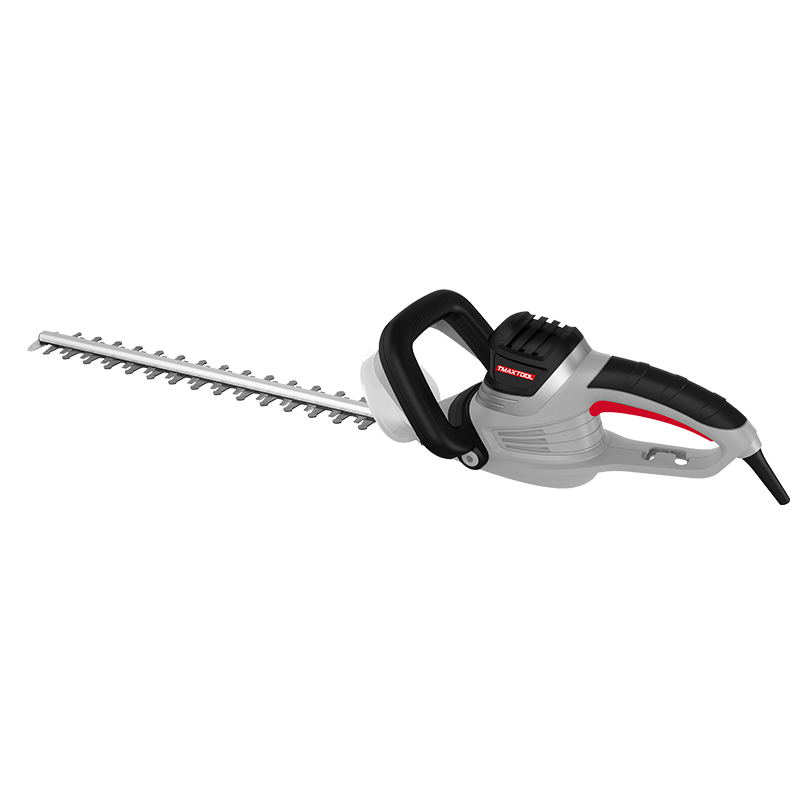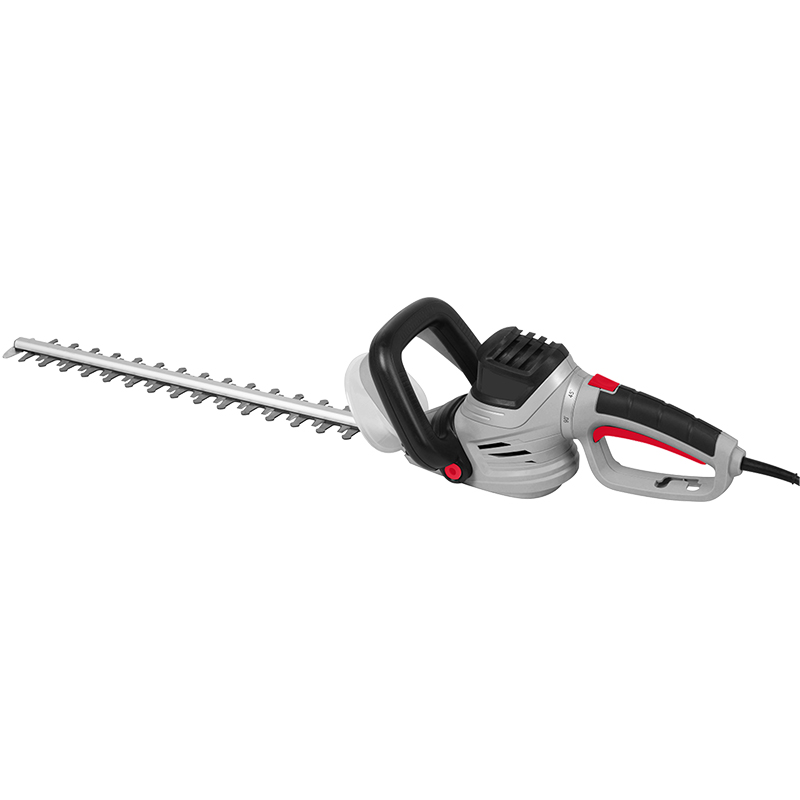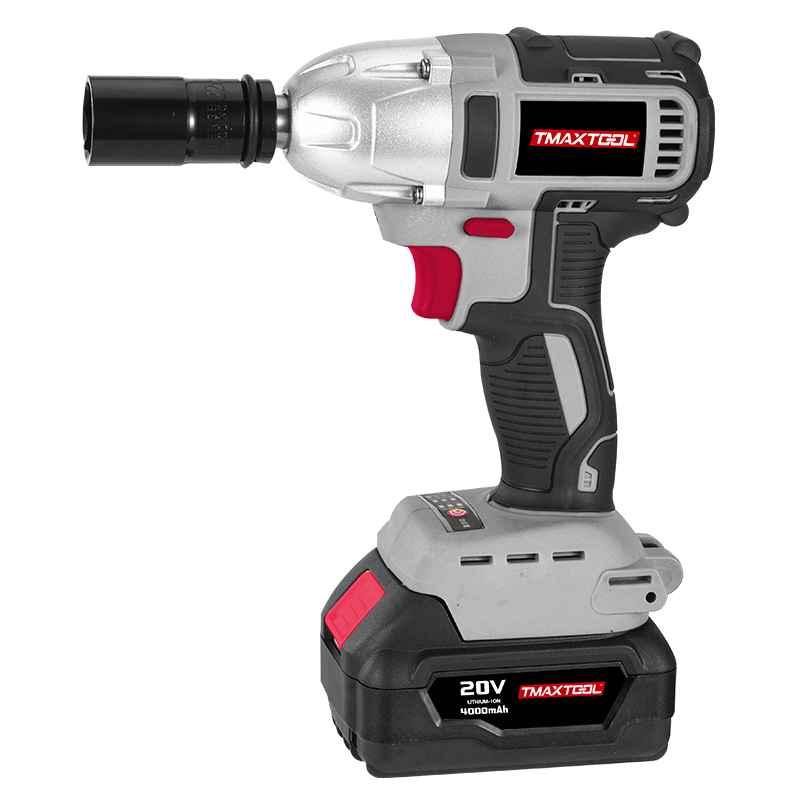300N.m cordless brushless impact wrench
product DETAILS


product description
Torque control in impact wrenches is crucial for ensuring that bolts and nuts are tightened to the correct specification without over-tightening or under-tightening. Here are key aspects of torque control in impact wrenches:
Mechanisms for Torque Control:
Manual Control: The simplest form involves the user controlling the duration and force applied, which relies heavily on the operator's experience.
Adjustable Torque Settings: Many impact wrenches come with adjustable torque settings. Users can set the desired torque level, and the wrench will automatically stop or notify the user once this level is reached.
Electronic Control: Advanced models feature electronic control systems that provide precise torque settings and feedback. These systems may include digital displays, programmable settings, and even connectivity to monitoring software.
Importance of Torque Control:
Preventing Damage: Over-tightening can strip threads or damage components, while under-tightening can result in parts coming loose during operation, which can be dangerous.
Consistency and Reliability: Accurate torque control ensures that each bolt is tightened uniformly, which is particularly important in applications requiring high precision, such as in automotive or aerospace industries.
Safety: Proper torque control reduces the risk of mechanical failures, which can cause accidents or injuries.
Types of Torque Control in Impact Wrenches:
Mechanical Clutch: Some wrenches use a mechanical clutch that disengages once the set torque is reached.
Pulse Tools: These tools apply torque in pulses rather than a continuous force, allowing for better control and precision.
Shut-off Tools: These automatically shut off the air or power supply once the preset torque is achieved.
Calibration and Maintenance:
Regular calibration is essential to ensure the accuracy of torque settings. Impact wrenches should be checked periodically using a torque tester.
Proper maintenance, such as lubricating moving parts and ensuring batteries (in cordless models) are well-maintained, helps in maintaining consistent torque control.
Best Practices:
Select the Right Tool: Use an impact wrench that suits the torque requirements of your specific task.
Follow Manufacturer Guidelines: Adhere to the recommended torque settings and maintenance schedules provided by the manufacturer.
Training: Operators should be trained in using torque-controlled impact wrenches to understand how to set and verify torque values accurately.
By implementing proper torque control mechanisms and following best practices, users can ensure the longevity of the tool, the integrity of the fastened parts, and overall safety in their work environment.

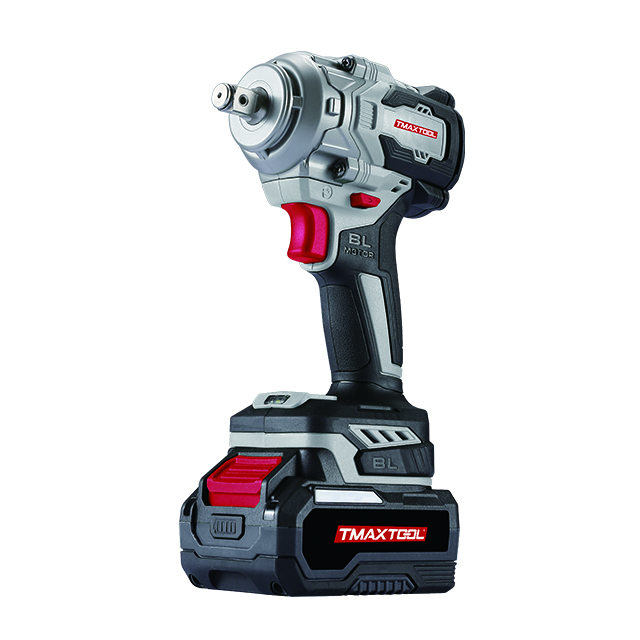 Impact Wrench
Impact Wrench
 Screwdriver
Screwdriver
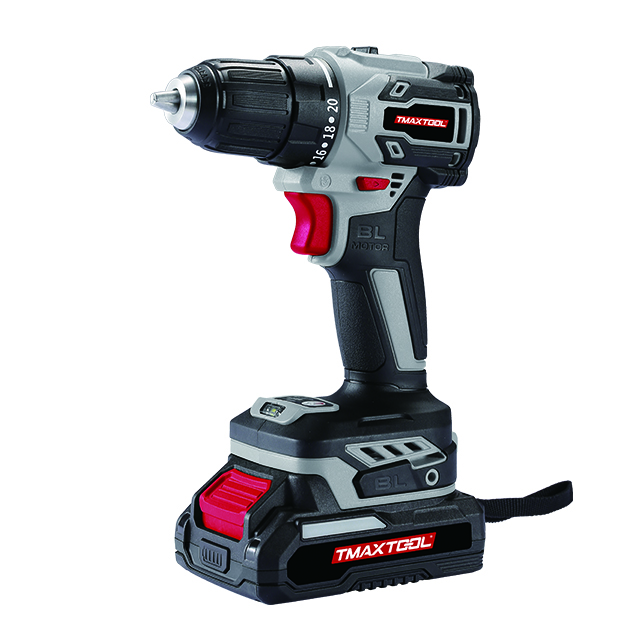 Cordless Drill
Cordless Drill
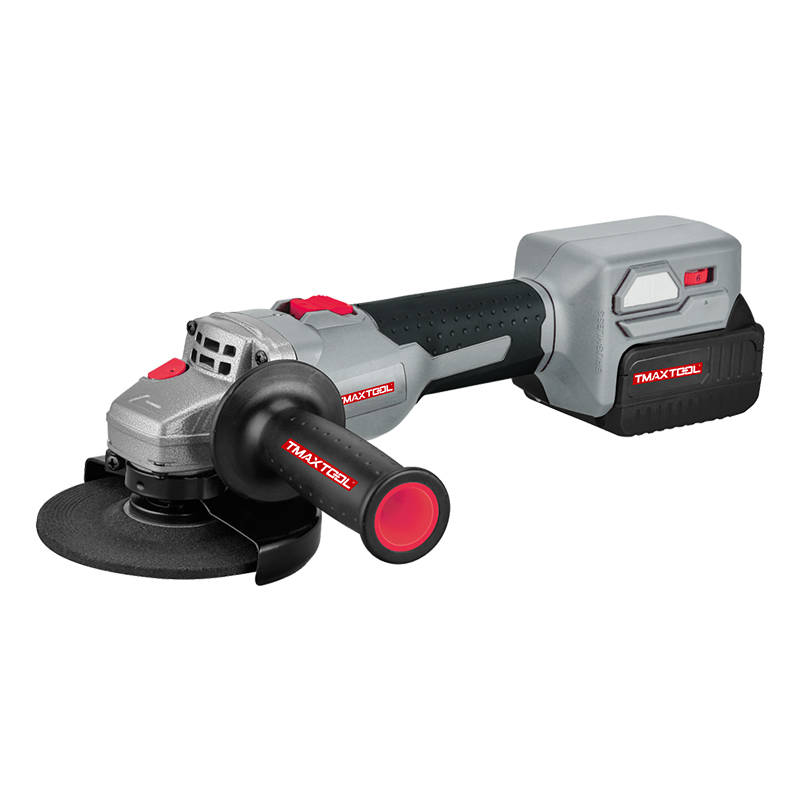 Angle Grinder
Angle Grinder
 Polisher
Polisher
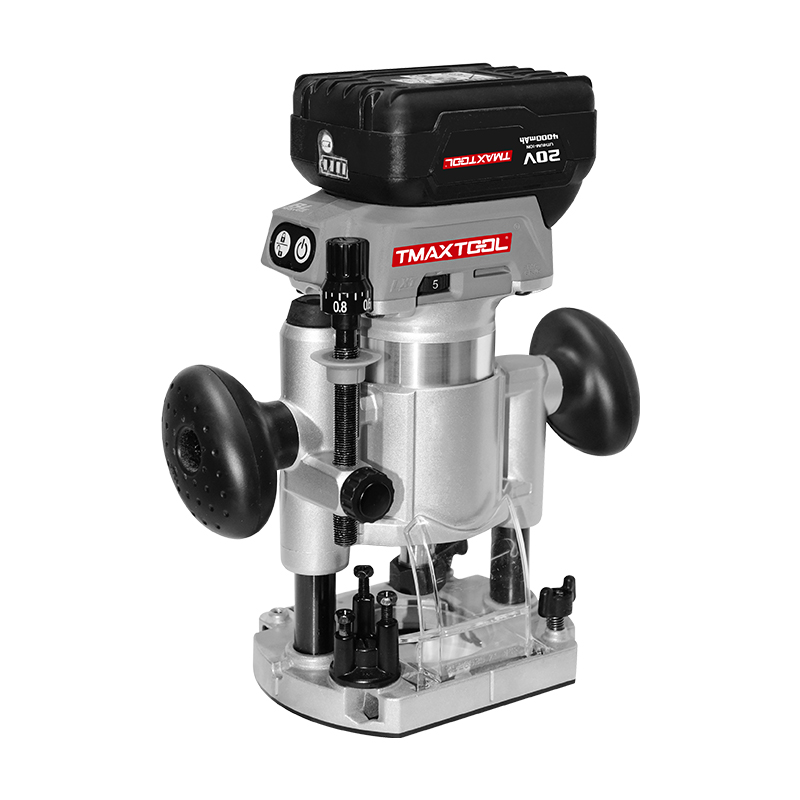 Wood Router
Wood Router
 Jig Saw
Jig Saw
 Hammer Drill
Hammer Drill
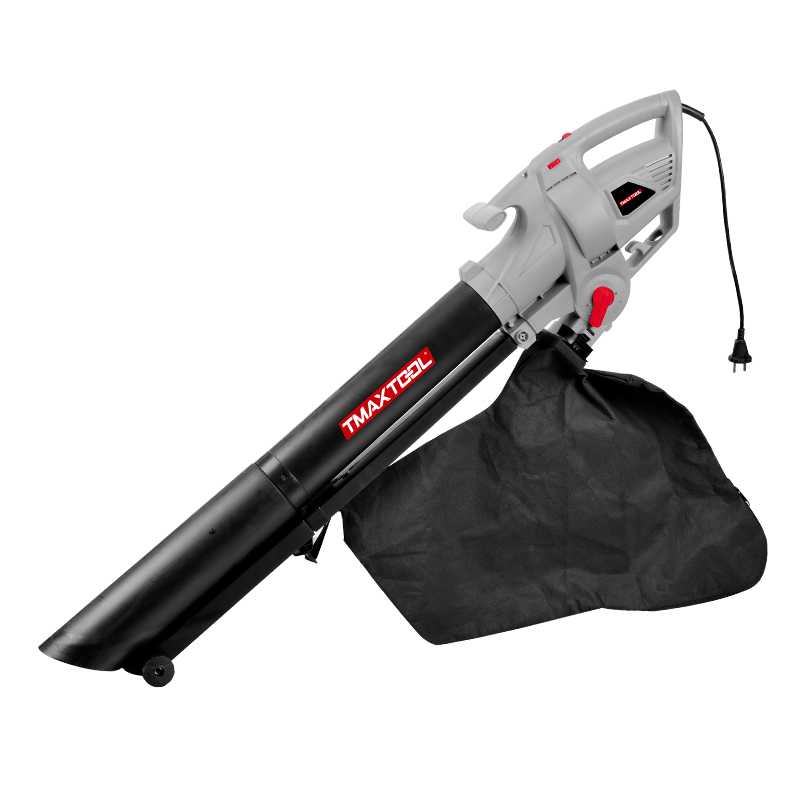 Portable Blower
Portable Blower
 Orbital Sander
Orbital Sander
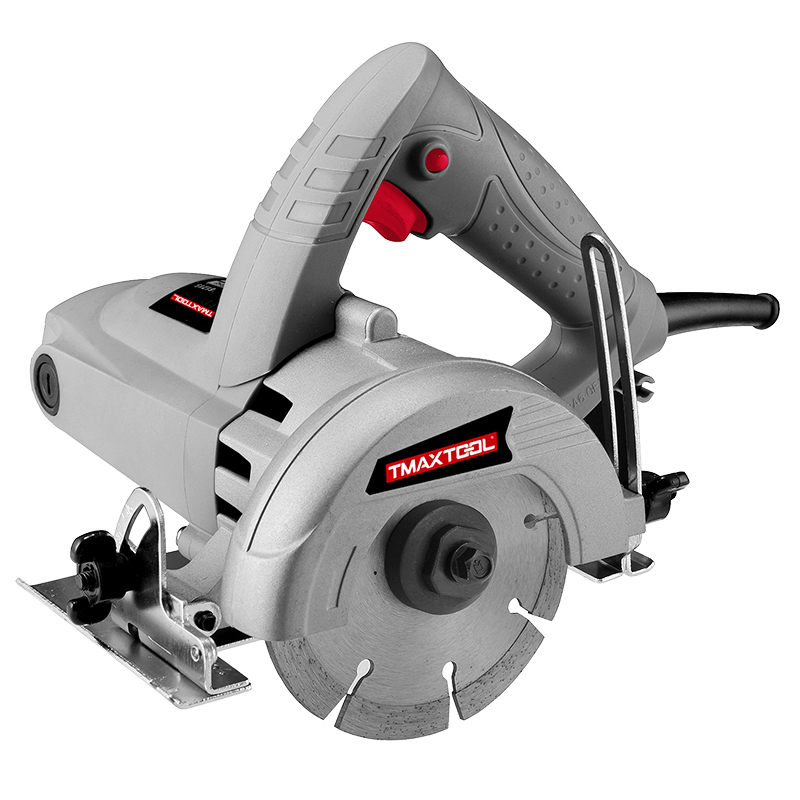 Marble Cutter
Marble Cutter
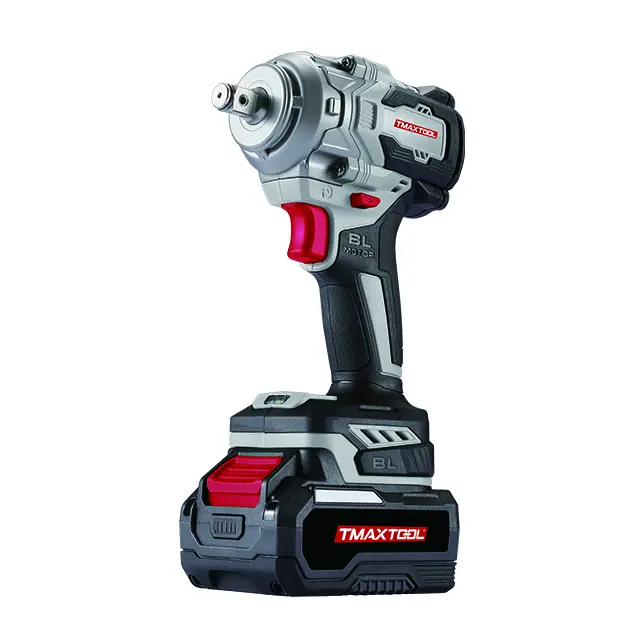 GARDEN TOOLS
GARDEN TOOLS
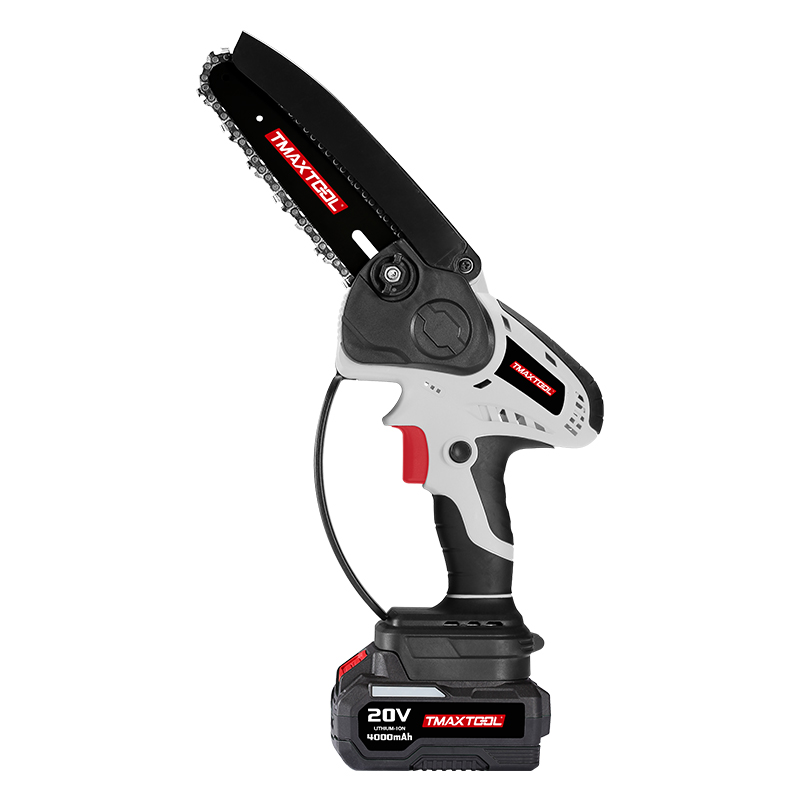 Battery Chain Saw
Battery Chain Saw
 Battery Brush Cutter
Battery Brush Cutter
 Battery Hedge Trimmer
Battery Hedge Trimmer
 Battery Multi Tool
Battery Multi Tool
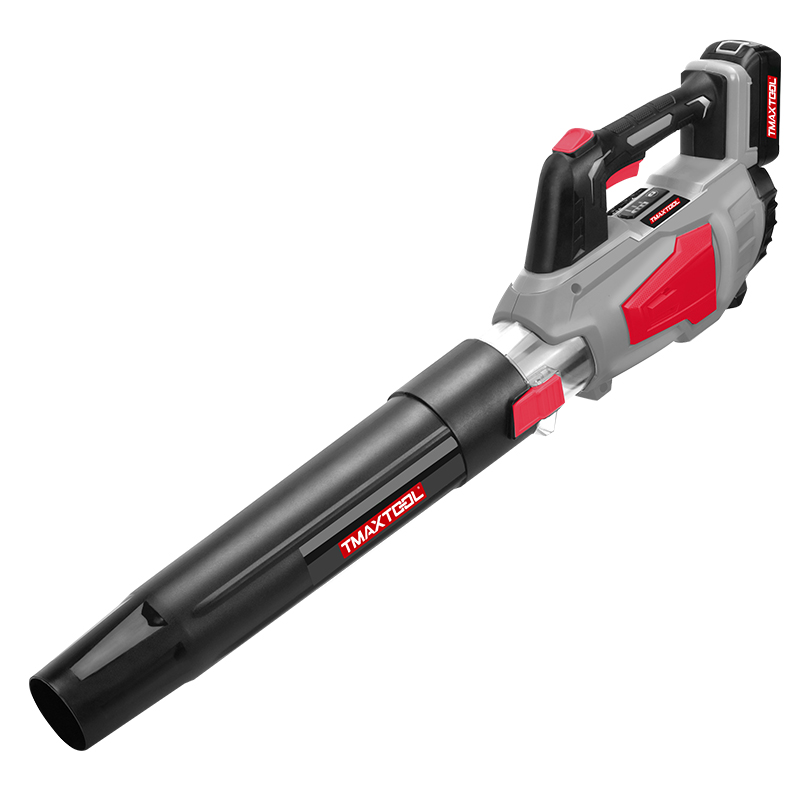 Battery Blower
Battery Blower
 Batter Pruning Shears
Batter Pruning Shears
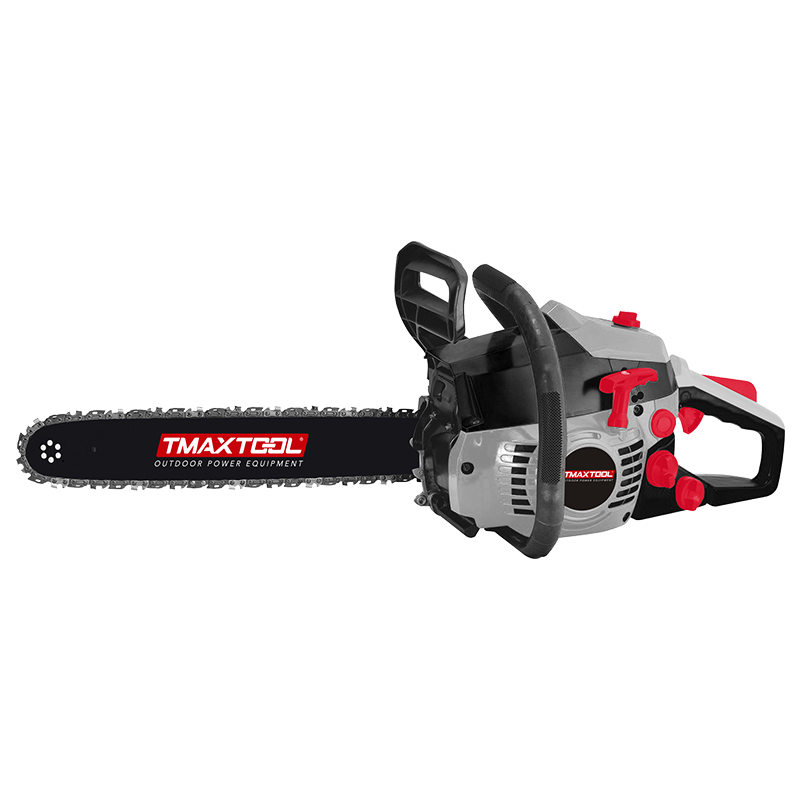 Chain Saw
Chain Saw
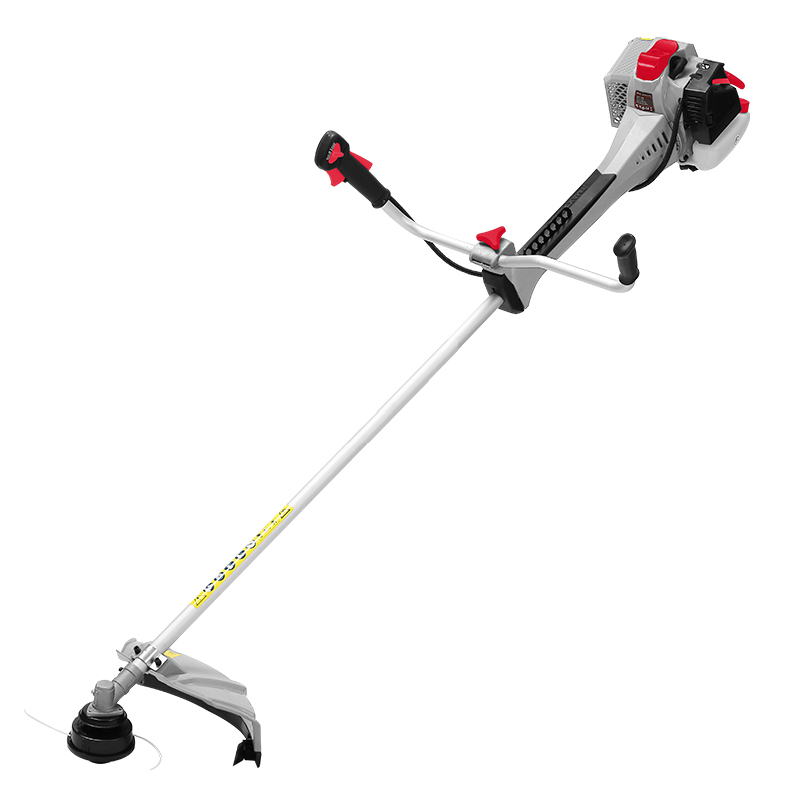 Brush Cutter
Brush Cutter
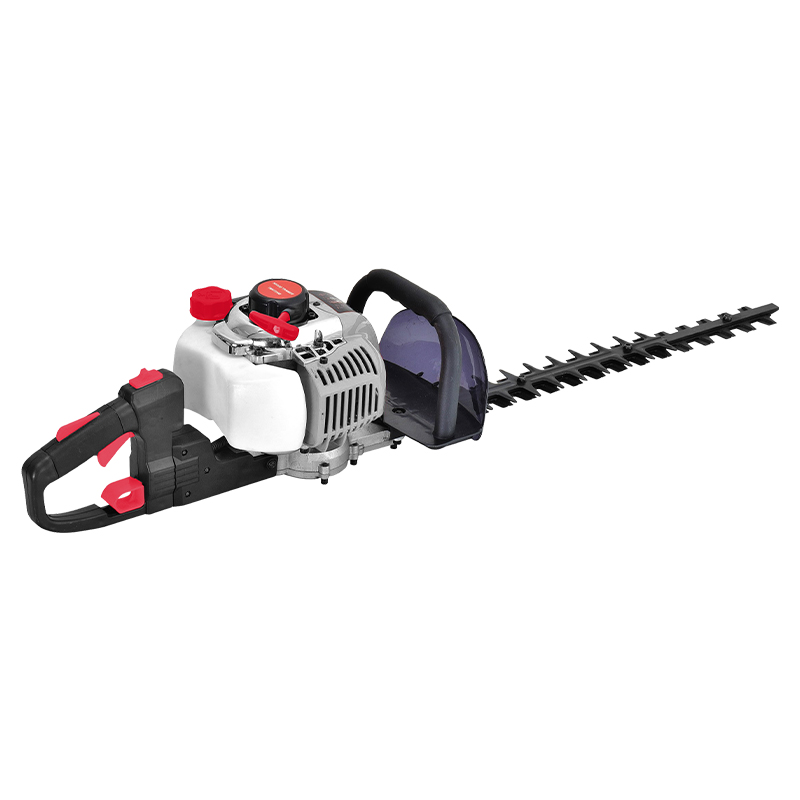 Hedge Trimmer
Hedge Trimmer
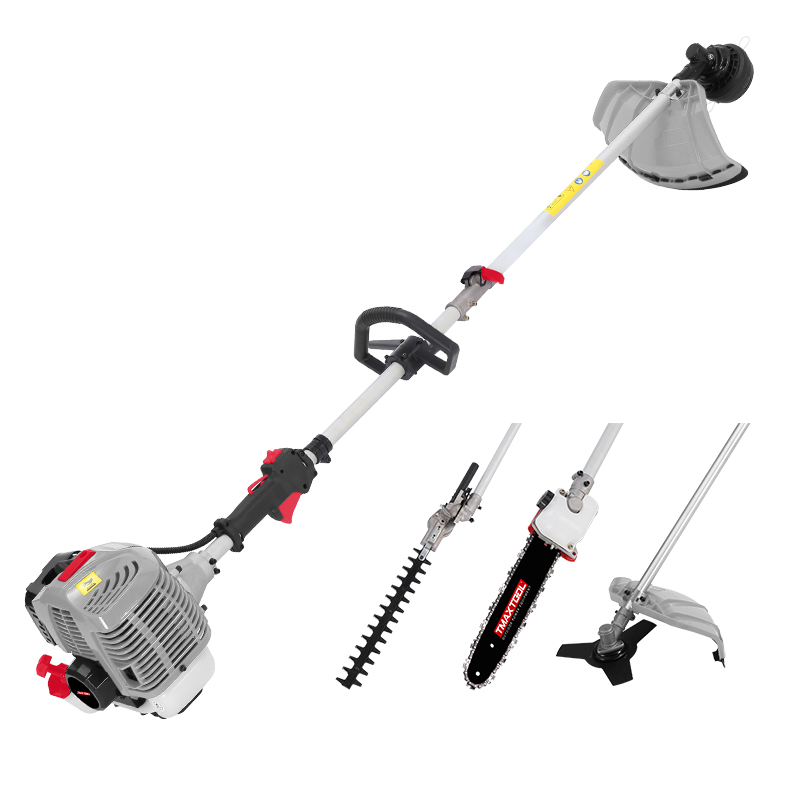 Multi Tool
Multi Tool
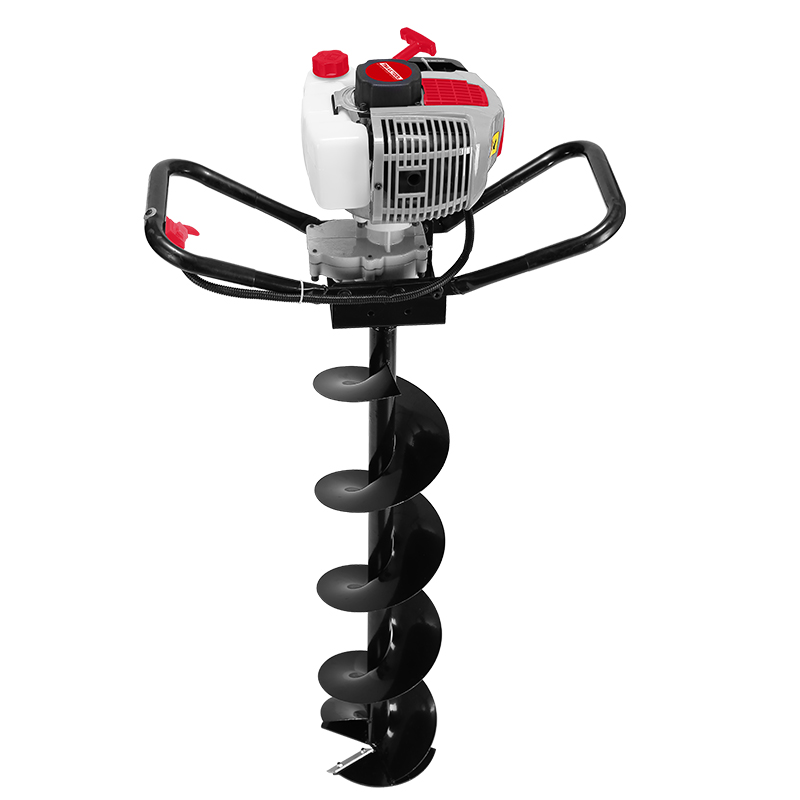 Earth Auger
Earth Auger
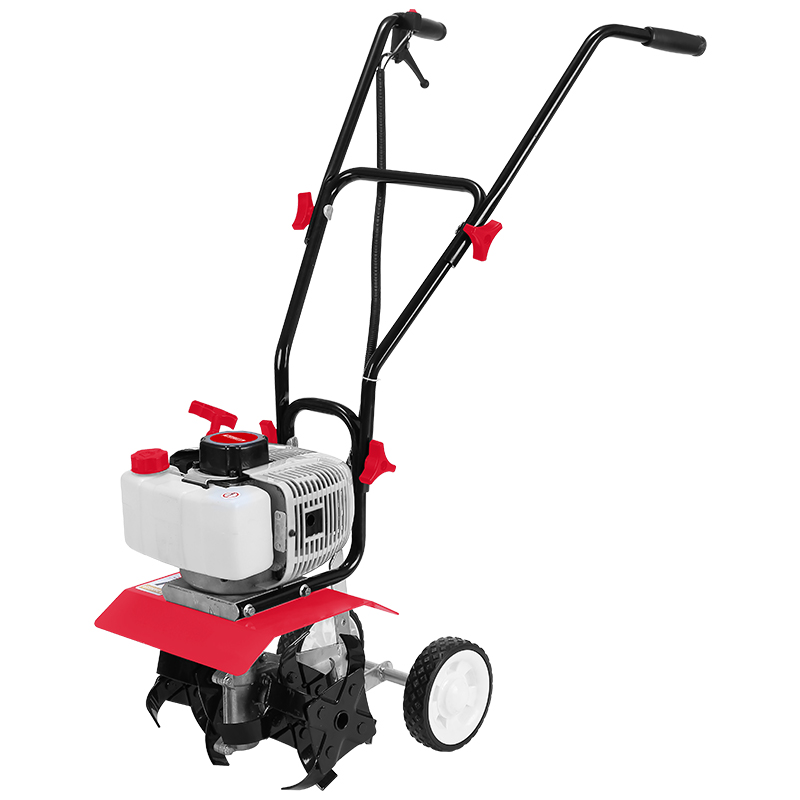 Tiller
Tiller
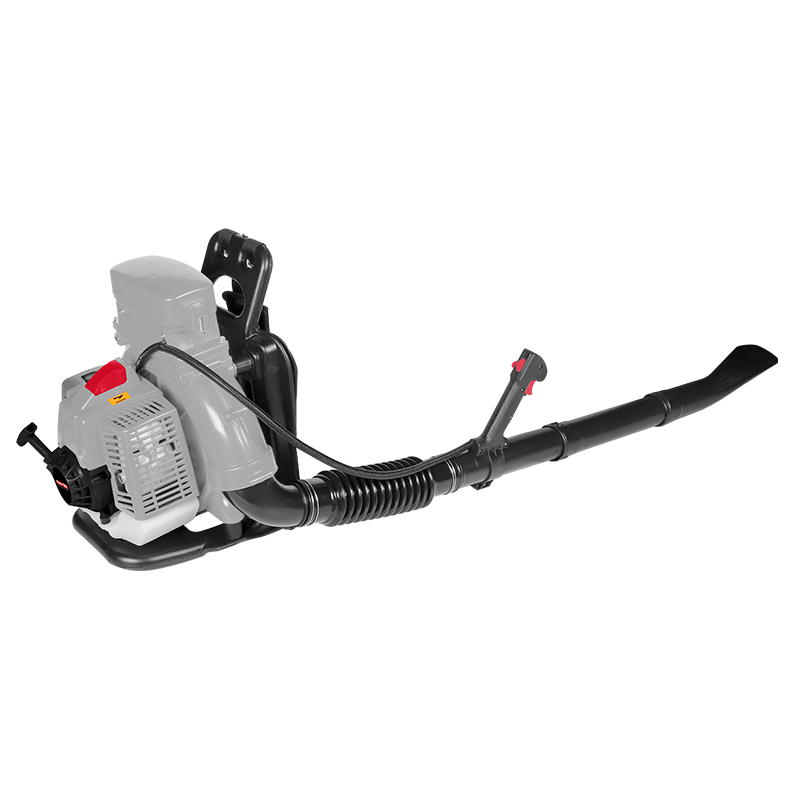 Blower
Blower
 4 Stroke Gasoline Engine
4 Stroke Gasoline Engine
 Generator
Generator
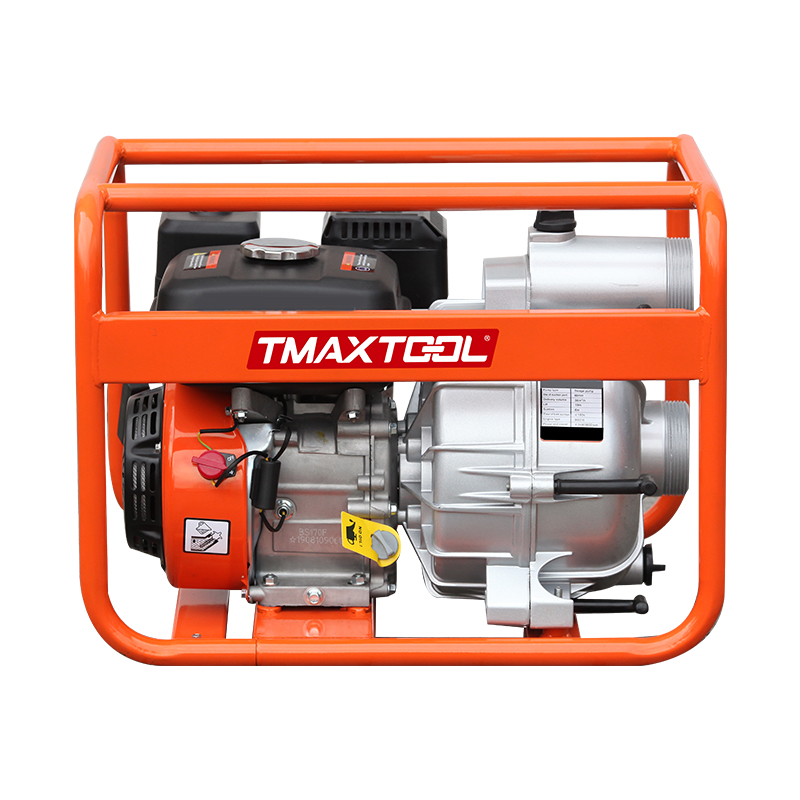 Water Pump
Water Pump
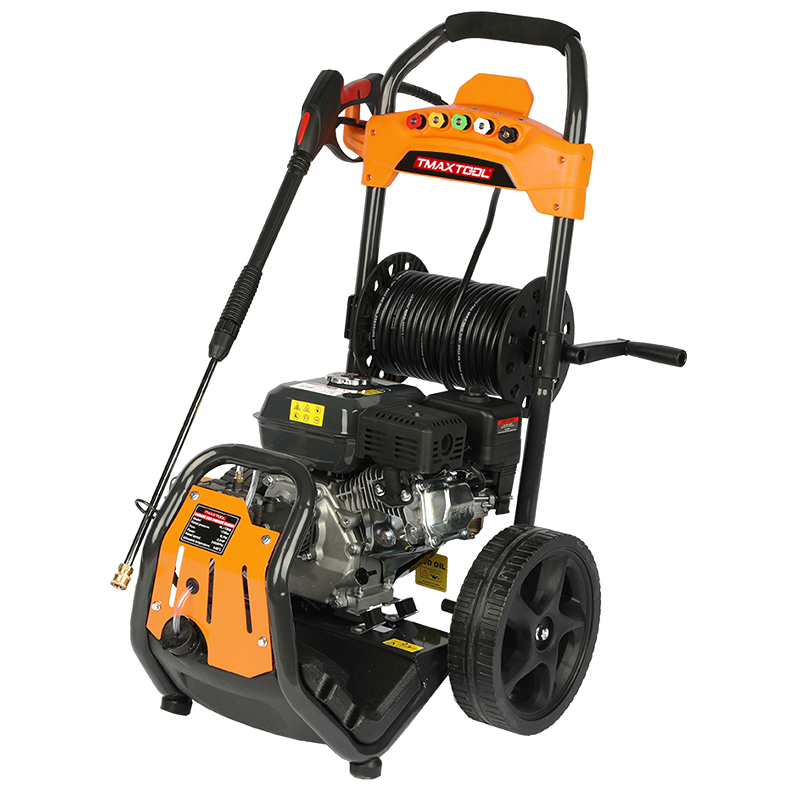 High Pressure Washer
High Pressure Washer
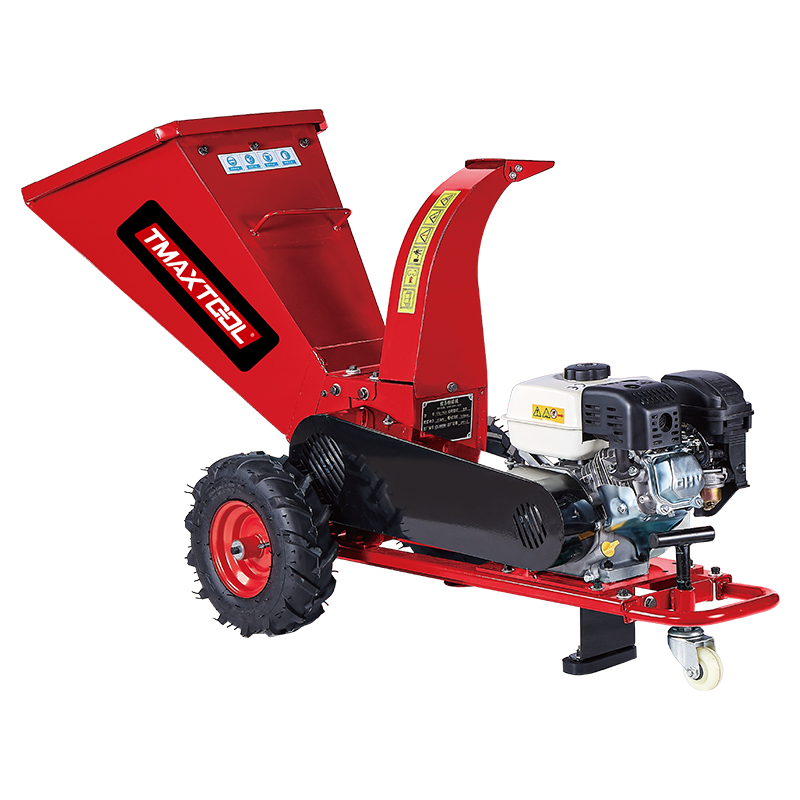 Wood Cutter
Wood Cutter
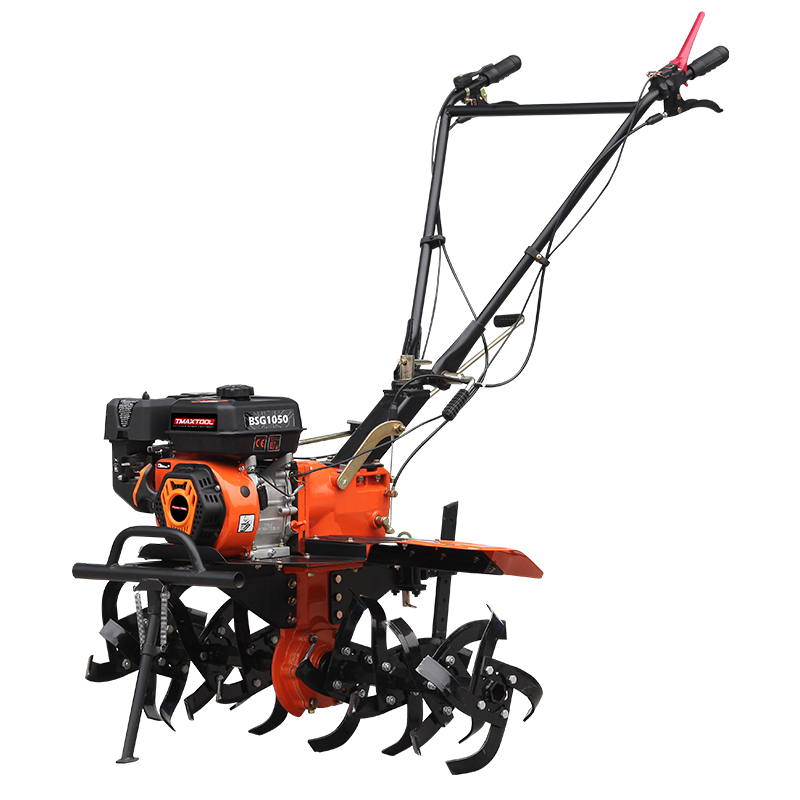 4 Stroke Tiller
4 Stroke Tiller
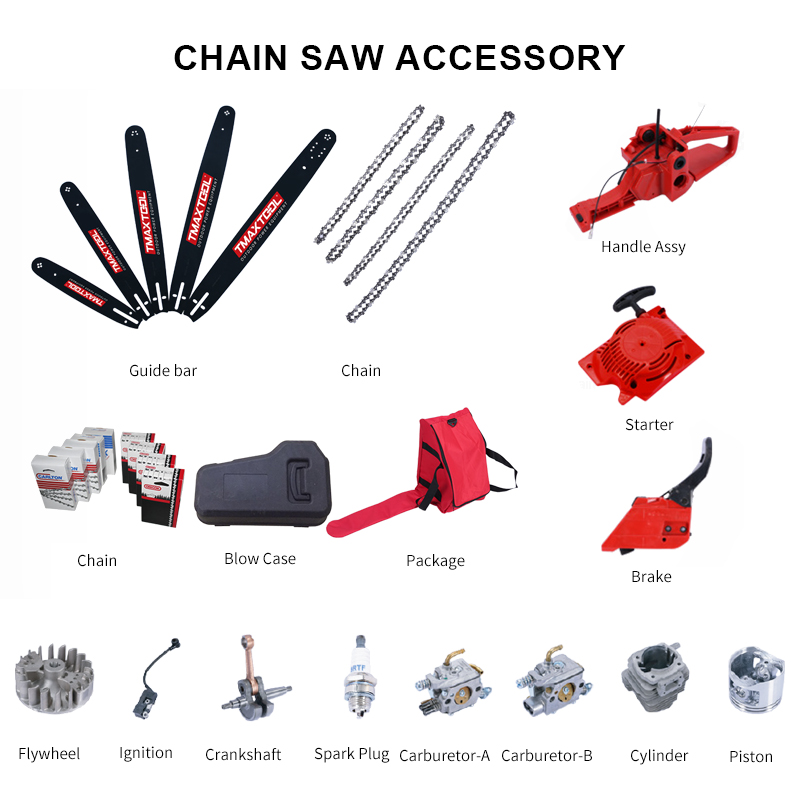 Chain Saw Accessory
Chain Saw Accessory
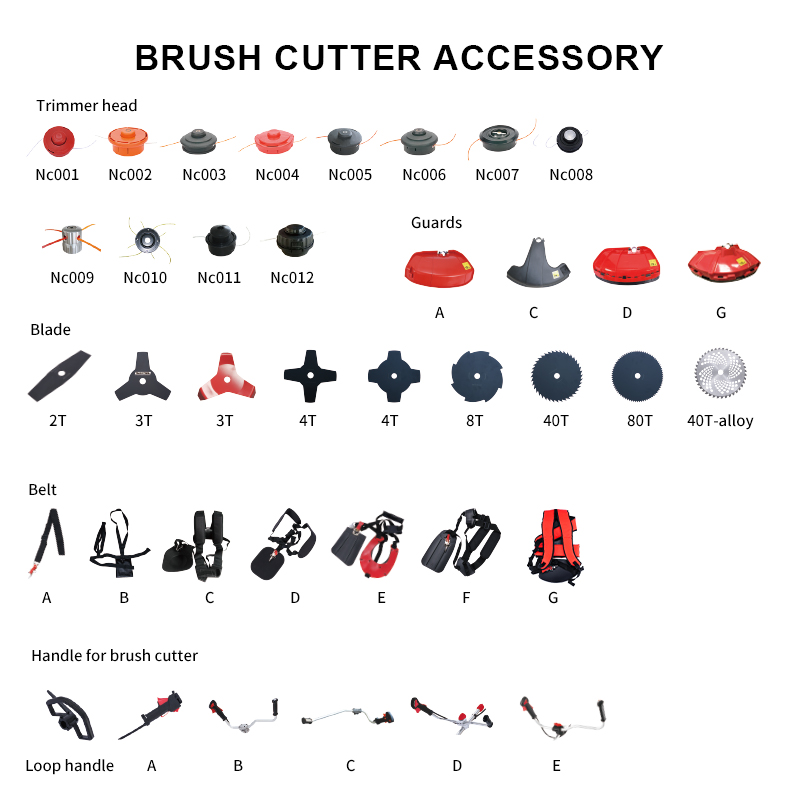 Brush Cutter Accessory
Brush Cutter Accessory
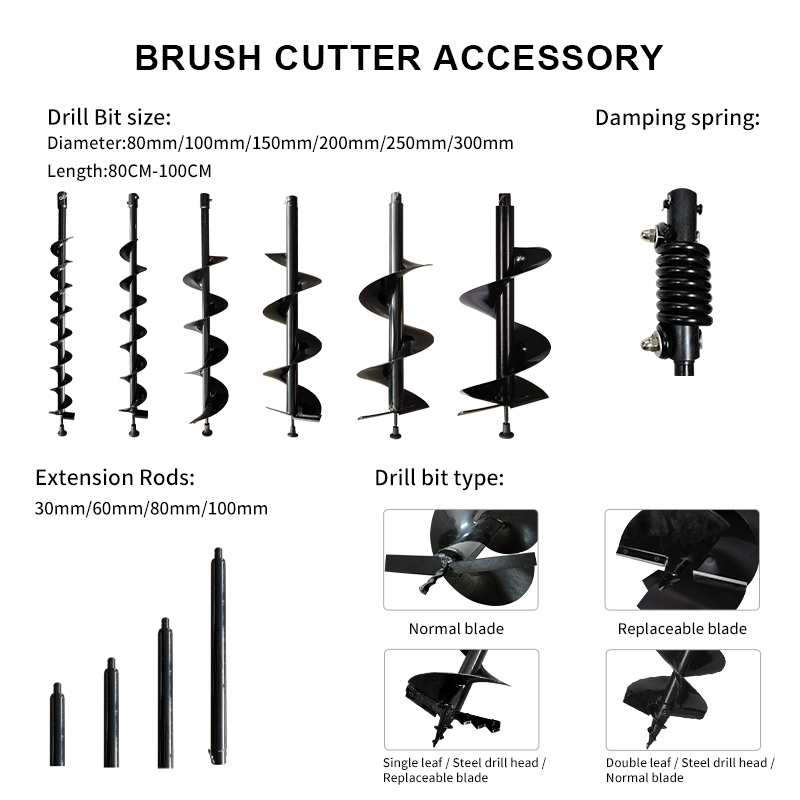 Earth Auger Accessory
Earth Auger Accessory
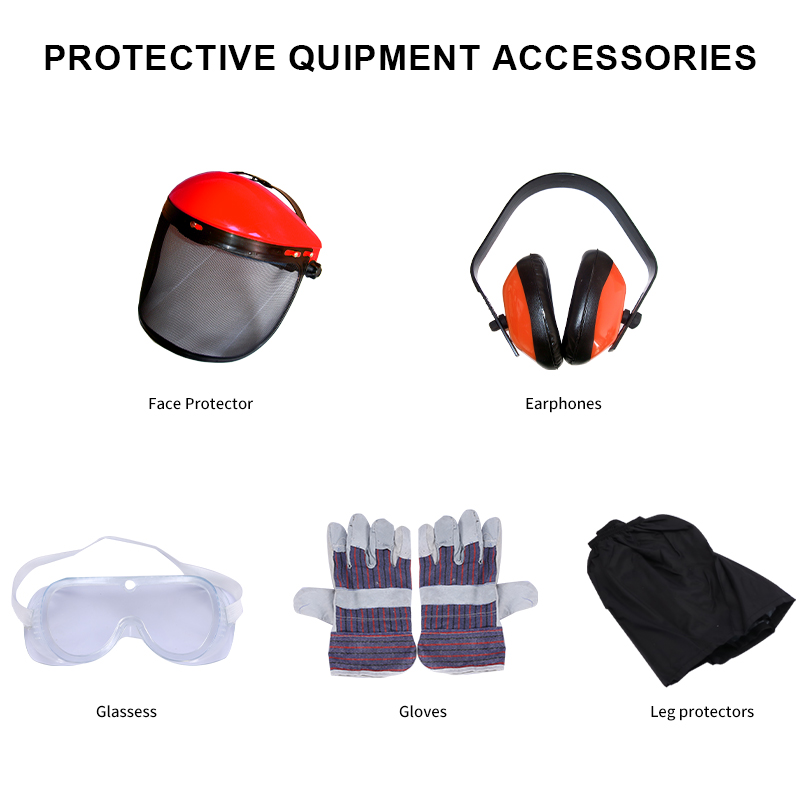 Protective Equipment Accessories
Protective Equipment Accessories




